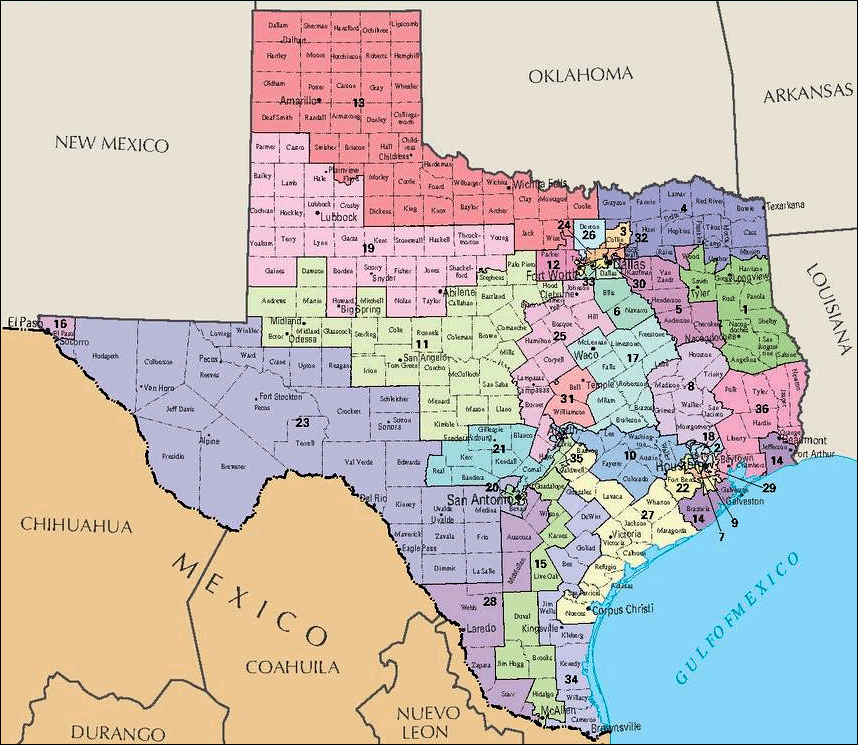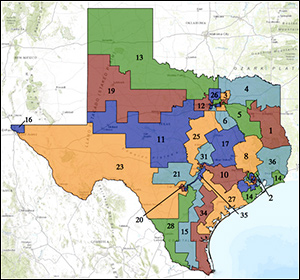By Jim Ellis
Sept. 27, 2021 — The new Texas congressional map has yet to be released and it may be some time before we see any progress being made toward passing a 38-seat federal plan.
While Gov. Greg Abbott (R) has called the legislature into a special redistricting session, the Democrats’ unified slow-walking strategy may achieve their goal of taking the process away from the Republican legislature and forcing a court to draw an interim map.
The state House of Representatives is the key. While Republicans have an 82-66 majority with two vacancies, it is the Democrats who have consistently been able to coalesce with a few moderate Republicans to elect a minority speaker, in other words a Republican who is in office largely through unified Democratic support.
In this session, the speaker is Rep. Dade Phelan (R-Beaumont), and with the House members indicating they are not moving any map until they agree upon their own new districts, and the Democrats unified to oppose any Republican map at any level, we could see a long redistricting process evolve.
Complicating matters is that Texas has an early primary, and it’s still on the books for March 1. The Census Bureau delaying in getting all the states their census tract data for months, which contain the numbers necessary to draw legal districts, has caused further delays. Therefore, either the process must accelerate or the state will be forced to postpone its primary. Doing so would also defer the May 24 runoff elections for those primaries in which no candidate receives majority support.
Texas cannot default to the previous congressional map. The state was awarded two new seats in reapportionment, so a new map must be constructed. A court could conceivably postpone redistricting, revert to the former map, and order the candidates for the two new seats to run statewide. There is precedence for such a decision.
Currently, the Texas congressional delegation stands at 24 Republicans and 12 Democrats. Where the two new seats will land is subject to debate. Of the 36 current seats, 28 are over-populated and led by freshman Rep. Troy Nehls’ (R-Richmond) 22nd District, which holds 972,309 people according to the 2020 census count. In all, six districts have more than 900,000 people. The Texas target population number is 766,987 residents.


